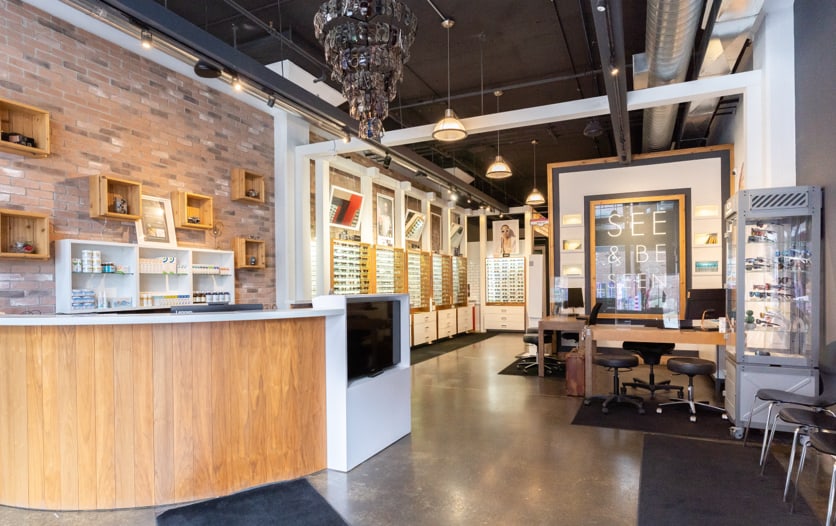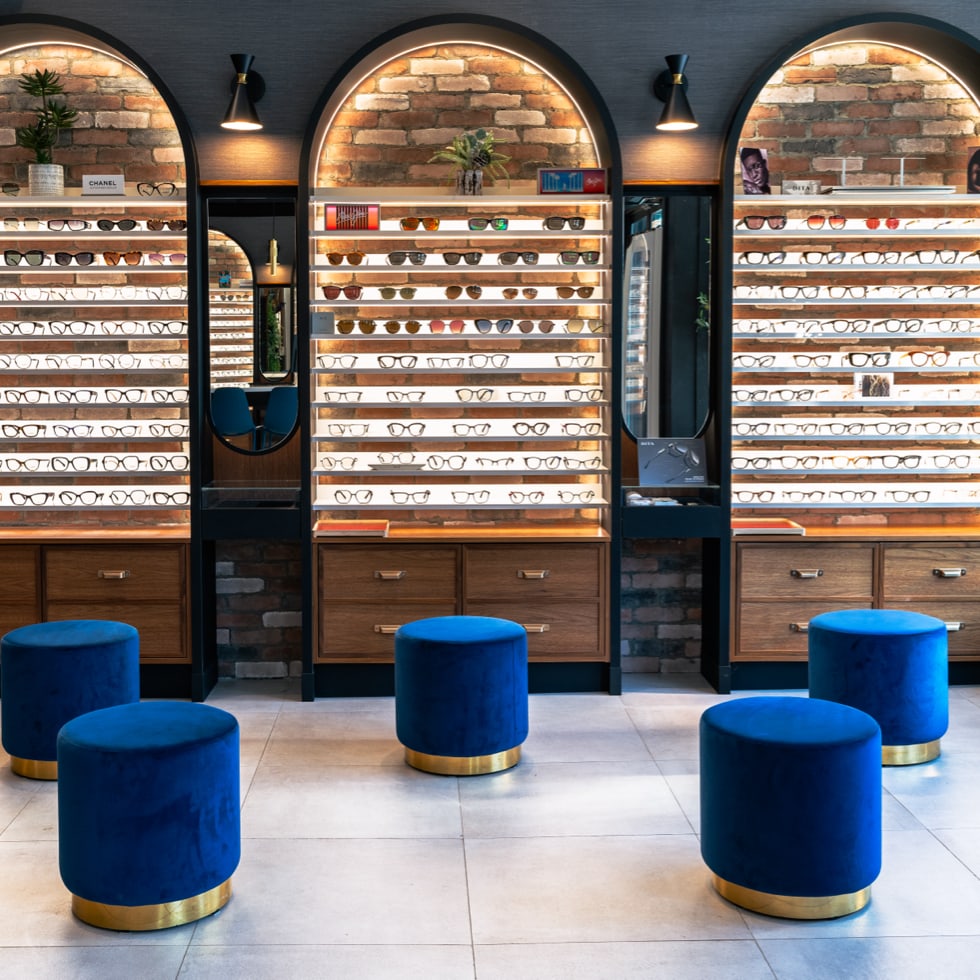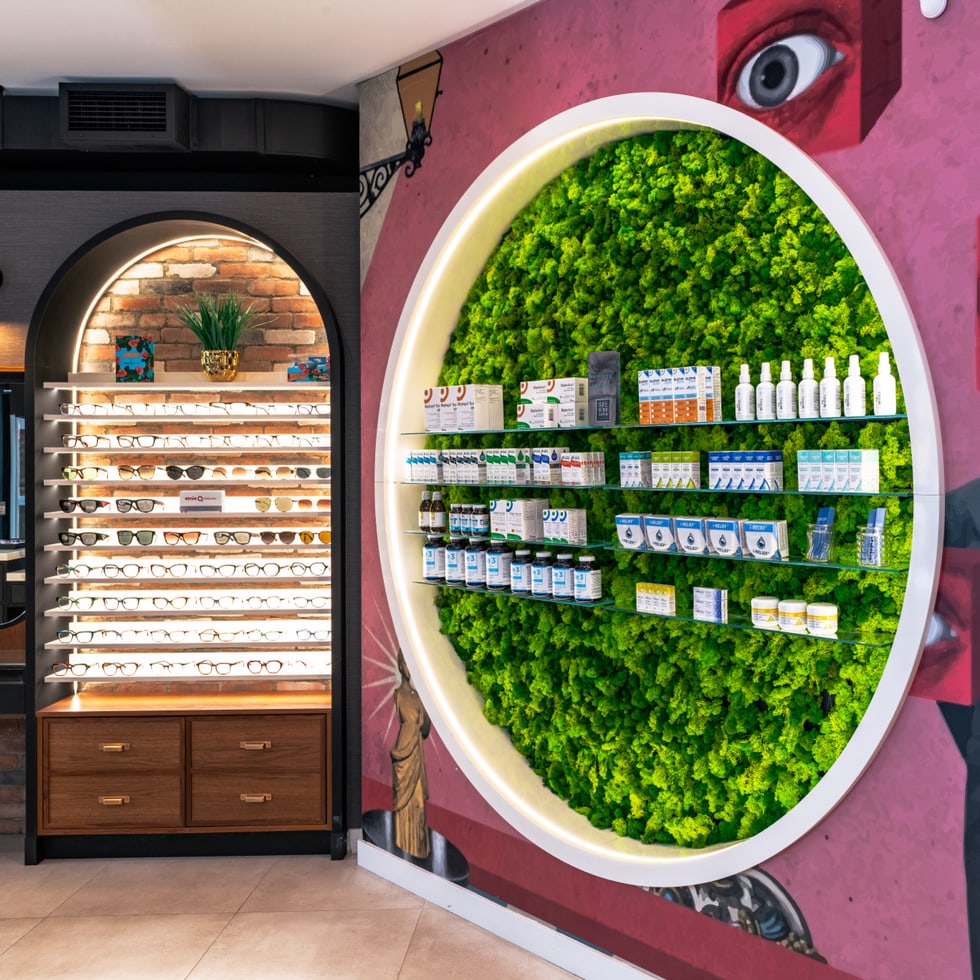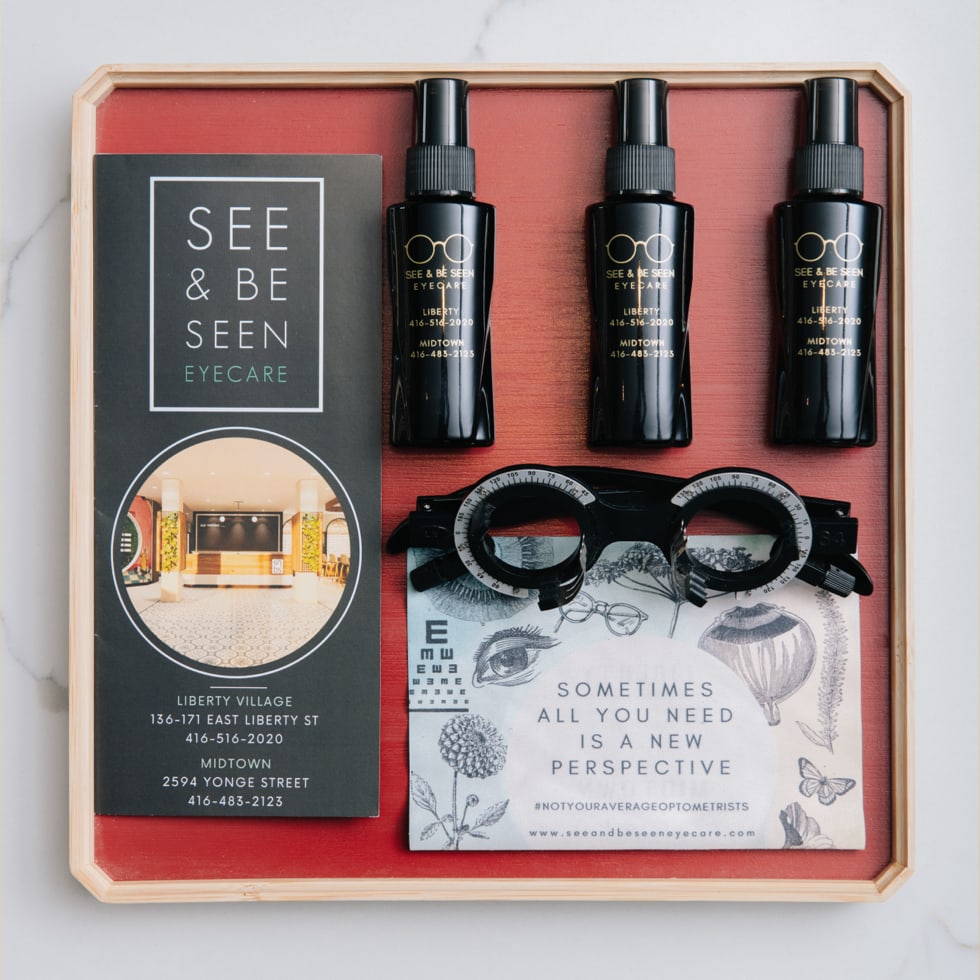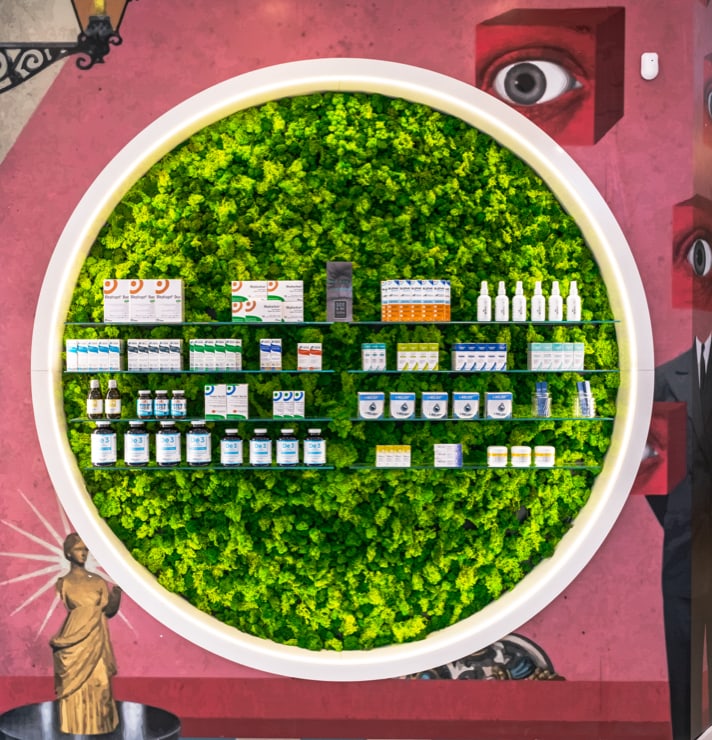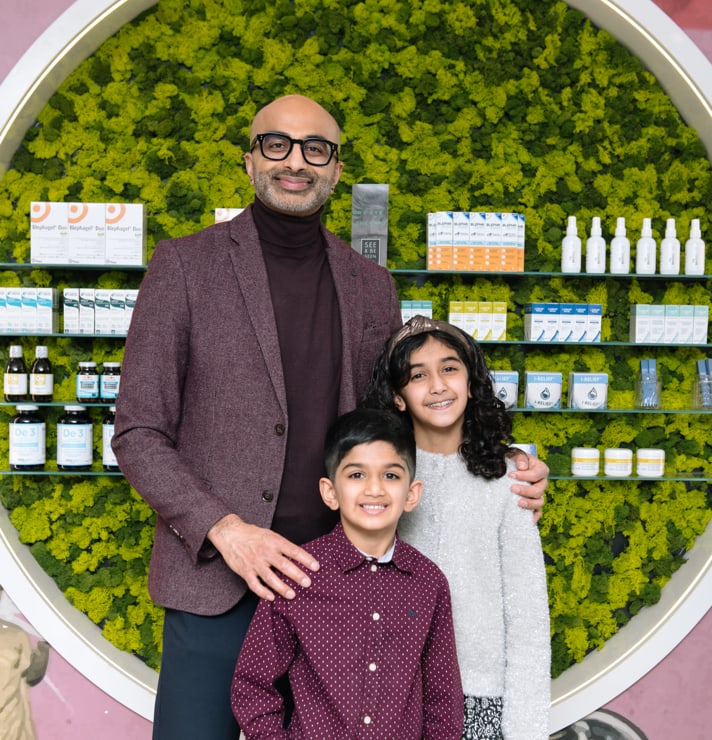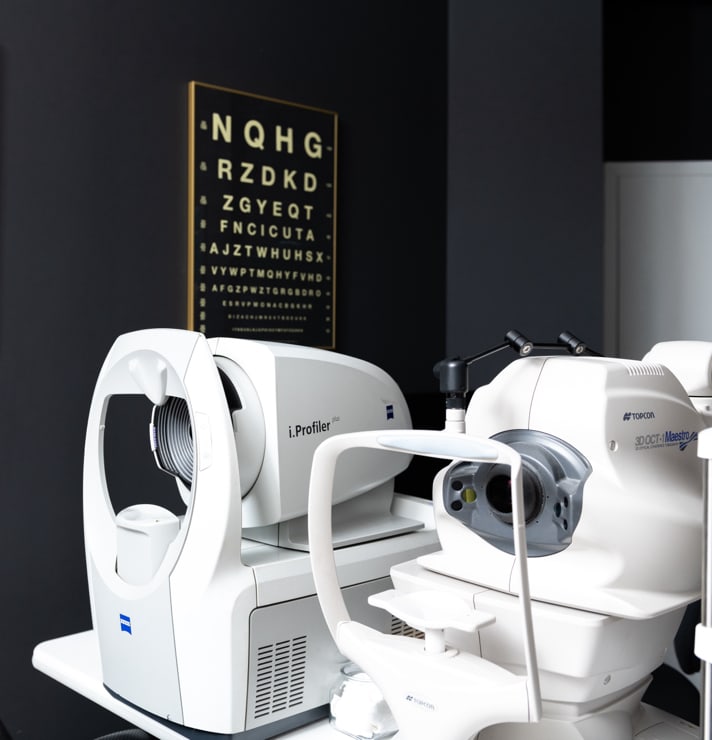
A lot goes into choosing the right glasses for your child. Not only does your child need to like the frames, but they need to be durable and comfortable as well. The eyeglass lenses are an important aspect, too. If you’re looking for glasses for your child, here are some tips to help you find the right pair.
Proper Fit
As much as style is important, the right glasses need to fit the shape and size of your child’s face. Fit is also essential in selecting the best glasses for your child, but it can be difficult to find the right fit for your child as they are continuously growing.
If your child’s glasses are constantly slipping down their face, this is a sign their current glasses don’t fit properly. Arm style and nose pads are 2 ways you can improve the fit of your child’s glasses.
Arm (Temple) Style
The part of your glasses that hold them in place over your ears, often called arms, are an important part of how glasses fit. Standard arm pieces are straight with a slight curve over the ear. If this option doesn’t keep your child’s glasses on, you can choose arm pieces that actually curve around and under the ear, helping to prevent glasses from sliding or falling off. The arms are adjustable and are custom fitted for your child.
The right option depends on how often your child needs to wear glasses and how old they are.
Another option is to have an elastic strap that is velcroed at the back of the head to keep the glasses in place. This is often recommended for younger children around age 3 or under who need glasses.
Nose Pads
The weight of your frames should be balanced evenly across the bridge of your child’s nose. If not, glasses with silicone nose pads are designed to help solve this problem. They have a non-slip surface that allows the glasses to stay in place. The silicone nose pads also provide a soft and comfortable feel to the glasses.
Style
When choosing glasses for your children, it’s deal to take them along and get them to choose the frames themselves. Children are more likely to wear their glasses every day if they like the frames. We often recommend choosing a frame that is your child’s favourite colour/Disney character – they will be very excited to show off their new look!

Lenses
Safety is vital in choosing the right lenses for your child, as they don’t always consider their glasses while playing.
Polycarbonate and Trivex are durable options for glasses and come with benefits like:
- Light-weight feel
- Impact resistances
- Ultraviolet (UV) protection
Scratch-Resistant Coating
If you chose polycarbonate glasses for your child, they have scratch-resistant coating built-in. If you’re choosing another lens type, consider a scratch-resistant coating. This will help prevent scratches and keep the glasses lasting longer.
Tint
Tinted lenses help protect your child’s eyes when they are outside and exposed to the damaging effects of UV light. Direct exposure to sunlight over time can cause long-term eye problems for your child.
Consider choosing lenses with variable tint (darker tint in sunlight and a lighter tint indoors), also known as Transition lenses. A separate pair of sunglasses for outdoor use is another option. If you choose sunglasses, you and your child need to remember to switch the glasses when you go outdoors. Choosing Transition lenses are a convenient option as changing the lenses can be difficult to remember.
Spring Hinges
Sometimes, children may fall asleep with their glasses on, pull their glasses off a bit carelessly, or just play a bit rough with them. These things can cause the glasses to bend and break. When you are looking to choose a pair of glasses, look for ones with spring hinges. The spring hinges allow the frame’s arm pieces to bend outwards, making the glasses much more flexible and resistant to breaking.
Plastic or Metal Frames
Another decision you have to make is whether to choose plastic or metal frames for your child’s glasses. Plastic frames may seem the best because they are lightweight and less likely to bend and break. Many modern metal frames, however, are made to be lightweight and durable as well.
Warranty
Consider a warranty for children’s glasses as a warranty is often cheaper than the cost of a replacement. Warranties are especially beneficial if your child is a toddler and is wearing glasses for the first time. Young children may find wearing glasses strange at first, causing them to pull their glasses off their face.
Backup Plan
Well, last but not least, have a backup plan for an extra pair, especially if your child needs to wear their glasses all the time. The backup plan ensures your child won’t go without glasses if they are misplaced or damaged. If your child’s prescription hasn’t changed, you can also use their old glasses as a backup.
Now that you have a good idea of what to look for in children’s glasses, make sure that they have the right prescription. Having your child’s eyes examined by your optometrist ensures your child has the right prescription and no underlying eye health concerns.
Your child’s eyes can change rapidly; seeing your optometrist regularly means that you can get the most up to date prescription and the right glasses for your child.




